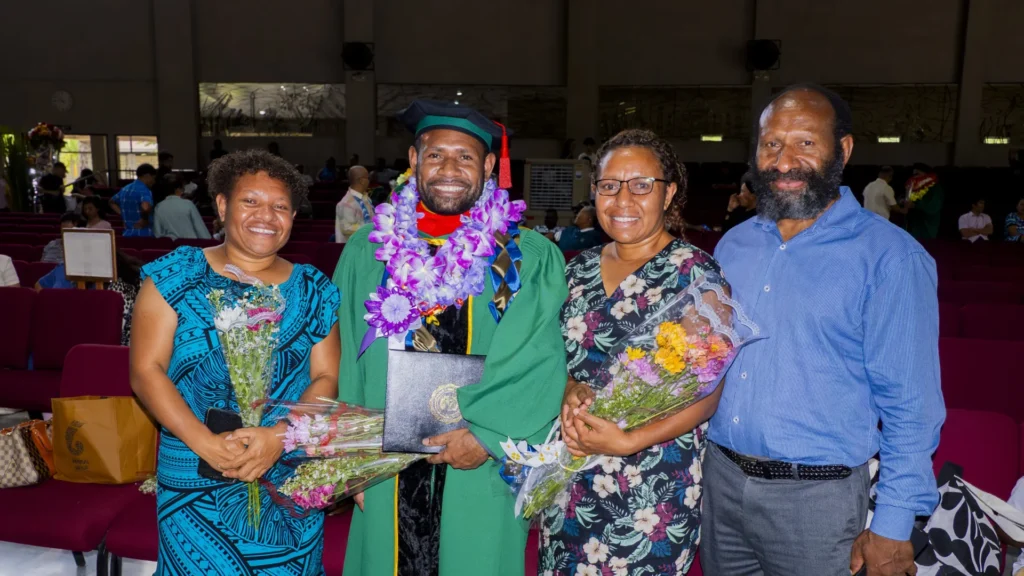Researchers from Avondale College of Higher Education have tackled one of the founding terms of faith in a two-year, Church-funded study on discipleship.
“One of the key postulations of Christianity is that there is an inherent link between becoming a Christian and being a disciple,” notes the paper “Developing a Discipleship Measurement Tool”.
“You can’t hit the target if you don’t know what it is,” says project leader Dr Kayle de Waal, Head of Avondale Seminary. “For too long local churches have been focused on membership rather than discipleship—defining discipleship is crucial for individuals and for the wider Church.”
The project began in 2014 with a $50,000 grant from the Seventh-day Adventist Church in the South Pacific. The aims: to provide an objective description of a Seventh-day Adventist disciple of Jesus; and to provide criteria by which to measure discipleship.
“Our first quandary was to figure out whether discipleship was even something that could be measured,” says Dr Sherry Hattingh, Primary Teaching course convenor at Avondale and a member of the project’s multidisciplinary team. Other members are Dr Lindsay Morton from the Discipline of Humanities and Creative Arts, Dr Rick Ferret from the Discipline of Ministry and Theology and Dr Kevin Petrie and Julie-Anne Heise from the Discipline of Education. “There was a lot of discussion but we eventually came to the unanimous conclusion that, actually, you can.”
During the first stage of the project, the team interviewed leaders at each the worldwide church’s organisational levels—local church, conference, union and division. Of the 126 people contacted, 40 responded. Of these 40, only one identified as female, a ratio Dr Hattingh believes is “representative of current church leadership, though not ideal”.
All but one of the respondents provided personal definitions of discipleship. Only 57 per cent acknowledged a global definition of discipleship within the Church, but these respondents stated clearly that discipleship constitutes “the central vision” of the Church and is their priority.
When asked about what actions a disciple of Christ displays, respondents said: active participation in the life of the Church. It received the highest number of responses, although teaching and evangelism received strong responses, too. One respondent noted “a disciple comes [to church] to listen with attention and intention”. Three respondents differentiated between discipleship and church membership, commenting that “members . . . don’t have any passion in terms of spreading the gospel.”
Using the results from this study, the team developed a working two-dimensional model for expressing visible aspects of discipleship. “The Growing Disciple” model features four areas—“Godly”, “Reproducing”, “Obedient” and “Working”—designed in non-hierarchical form. Key terms and concepts associated with the four areas helped the team develop an 80-question survey, which the team used the refine the model. Choosing a form for the model proved challenging, reports Dr Hattingh, due in part to the inferred hierarchy of most two-dimensional models; something the researchers wanted to avoid. [pullquote]
“One of the key findings from our research is that all relationships between disciples should be reciprocal, non-hierarchical and mutually edifying,” says Dr de Waal.
Creating the discipleship model took the longest time, reports Dr Petrie—the team spent months perfecting it—but he and his colleagues found it the most rewarding part of the project. “We created a model, we believe, reflects the key components of ‘being a disciple’. It made me question what being a disciple should look like in my own life; questions valuable to ask of ourselves regularly.”
With results and the model now published—in issues one and two of the Journal of Adventist Mission Studies this past year—the next stage involves equipping churches and church members with a discipleship tool. That tool: online guides that help church members choose areas of discipleship in which they want to improve, in what Dr Hattingh calls a self-analysis.
“For me, what I’d ultimately like to see is people being challenged to think about where they are personally with discipleship,” Dr Hattingh says. “It’s not about what the church is doing about it, it’s what I, as an individual, am doing about it.”






